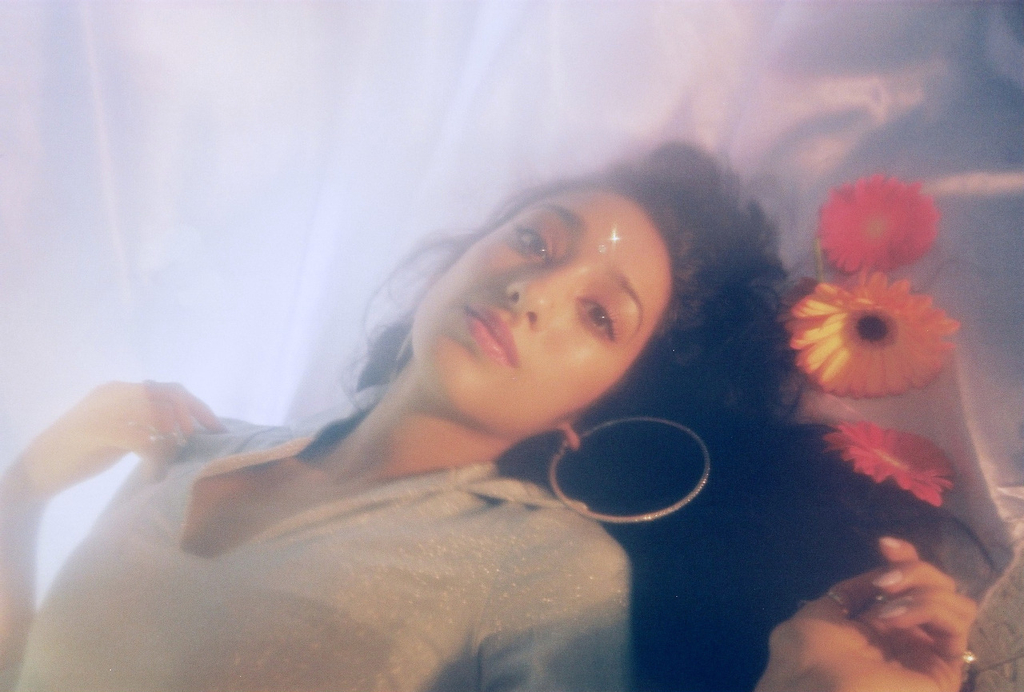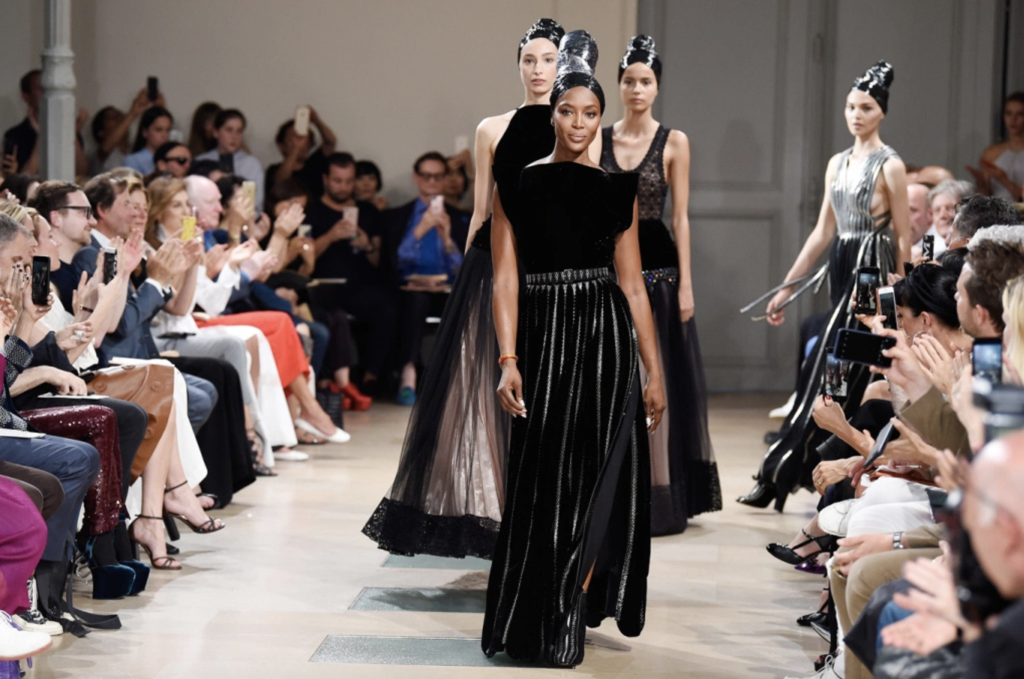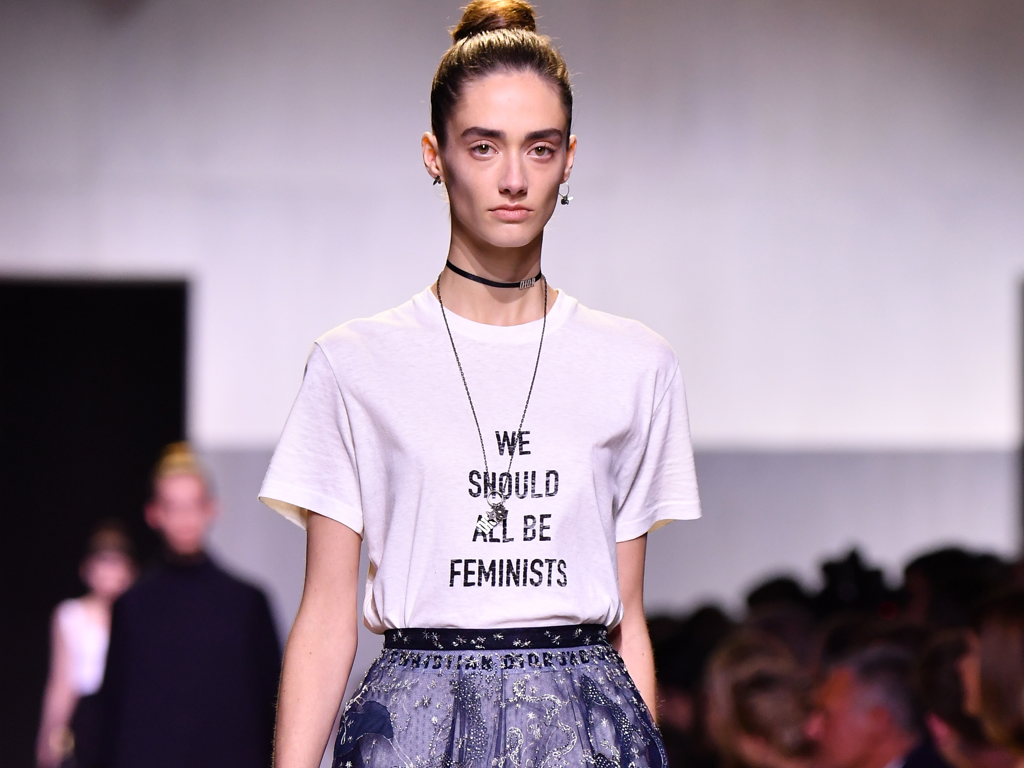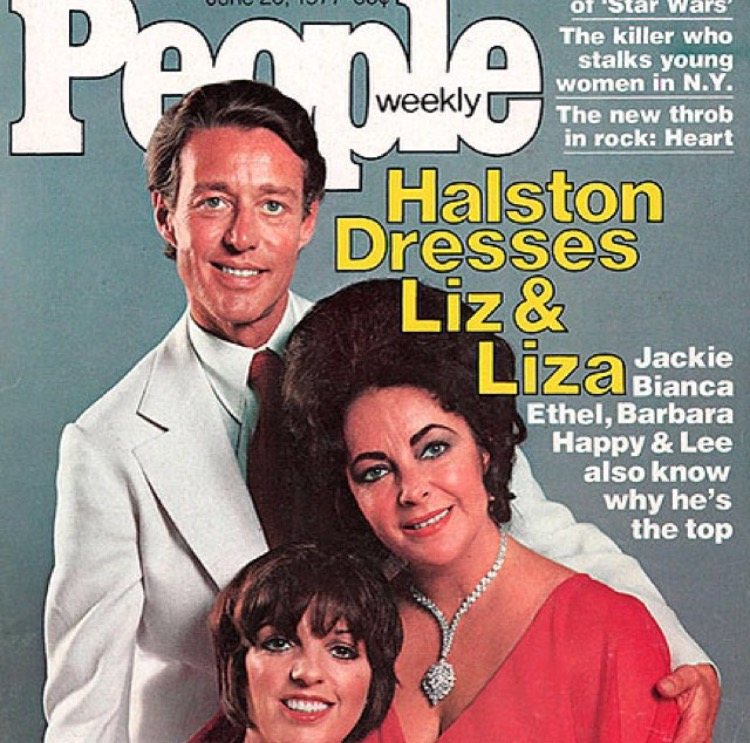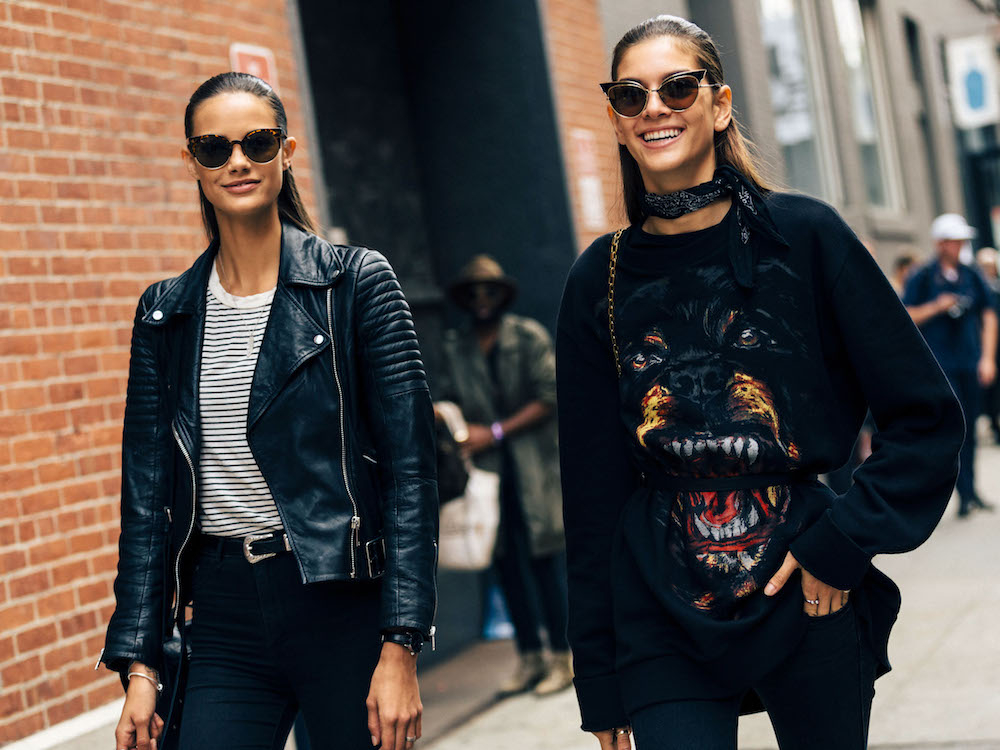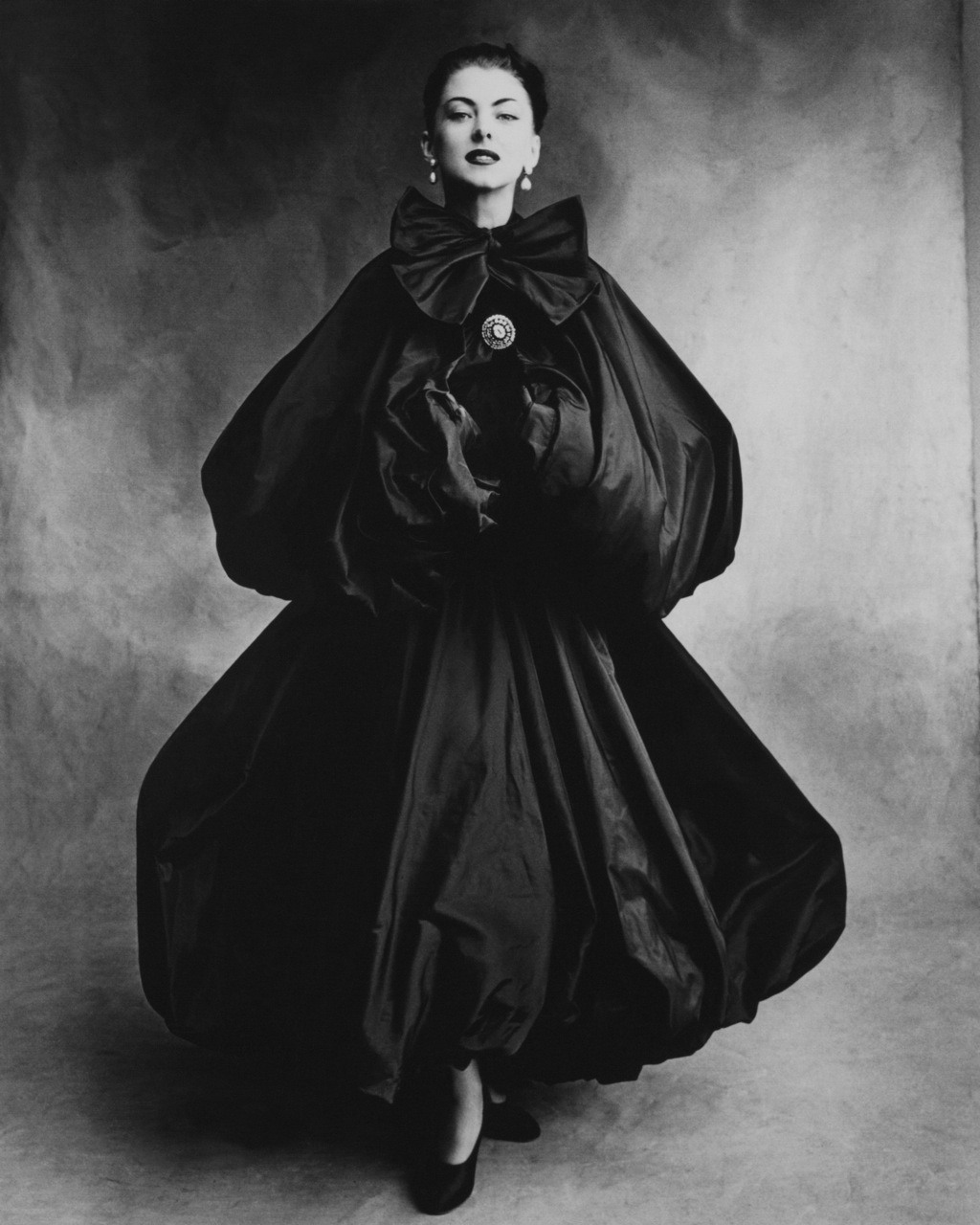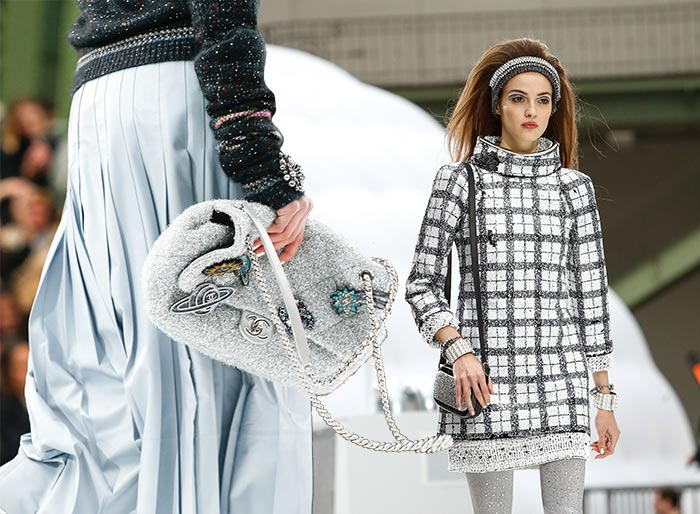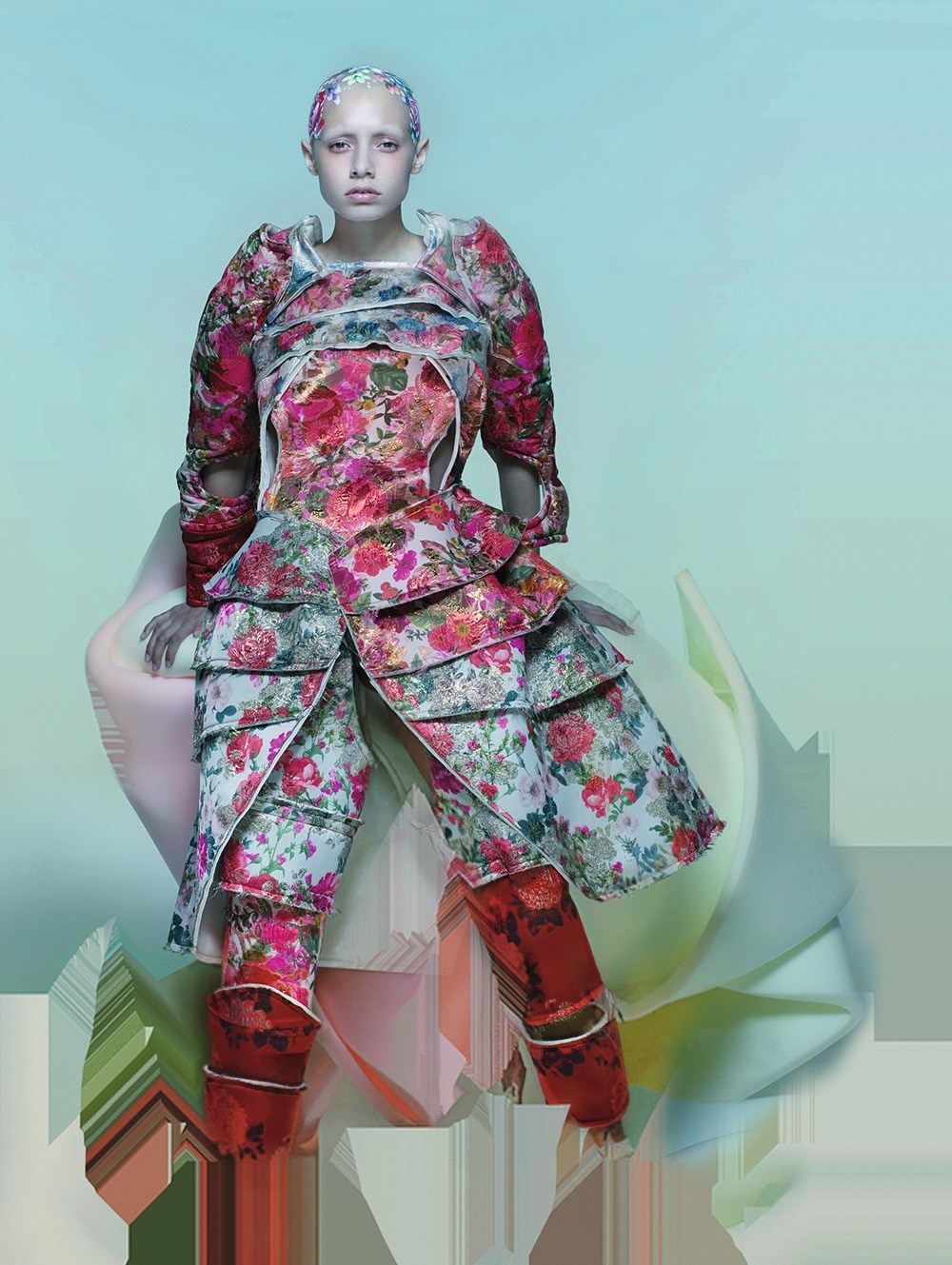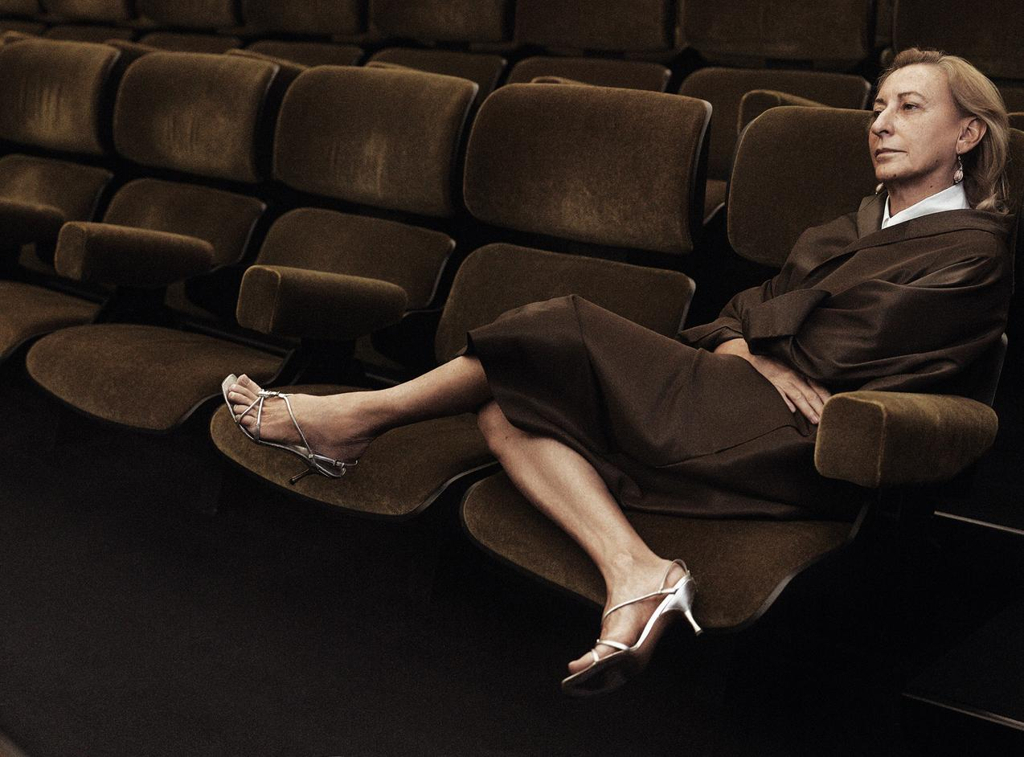H.E.R. vs H.I.M.
If you have not been put on to the alternative R&B songstress, Gabriella "Gabi" Wilson, then what are you really doing?
Better known as H.E.R., the SoCal born singer/songwriter is currently signed to RCA records. She released her debut album, H.E.R. Volume 1 on September 9th, 2016, featuring hits such as Focus, Losing and U. Fans took a liking to H.E.R.'s style of anonymity and soulful sounds rather than her actual appearance. Due to the unexpected amount of success from her initial EP, she was mentioned on iTunes' Best of 2016 R&B/Soul Albums list. Furthermore, the track, Losing, made the cut on iTune's Best R&B Soul Singles list with over seven million Youtube views!
In October of 2017, H.E.R. released her second album, H.E.R Volume 2. The project included included "Best Part" featuring Daniel Caesar, which immediately went viral earning her the support from celebrities such as Usher, Alicia Keys, Bryson Tiller, Kylie and Kendall Jenner and so many more. Rihanna even posted a clip on her Instagram listening to H.E.R.'s hit, Focus. Rolling Stones said that H.E.R's debut album "shows off her rich, velvety voice and diaristic lyrics about love, pain and all the emotions in between." At this point in her career, it is safe to consider H.E.R. as an accomplished underground sensation. That is until H.I.M. surfaced.
Meet the Queens, New York native H.I.M, an acronym for Her In Mind. The singer is equally as mysterious and deliver the exact smooth sounds as H.E.R. His debut album was marketed and mastered very well. The idea of a male version of H.E.R was pretty genius. H.I.M's career officially began in 2016 when he released his debut album, H.I.M Volume 1, only about two months after the release of H.E.R Volume 1. The world immediately went berserk, in a good way. Fans started to suspect that these two similar sounding artists were secretly and item, communicating with one another through their music. H.I.M and H.E.R's album covers, musical styles and song titles were related. One fan even tweeted, "When you find out that H.E.R and H.I.M have been communicating through their songs."
This felt like a revolutionary Romeo and Juliet love story. The only issue that stood in the way was that the two were not communicating with one another. In fact, H.E.R has never even met H.I.M.! He actually stole her entire concept and did it quite well. Spotify said that H.I.M. "created a more complete response album than anything that has been made and does it from a genuine perspective." The world still praises him for his musical style that he completely plagiarized.
Although H.E.R is anonymous, she still is findable. After doing a diligent amount of research, I discovered her personal Instagram account, @GabiWilsonOfficial. I went though her anonymous Twitter account and found a tweet dating back from September 23rd, 2017 that seemed to be subtweeting H.I.M. for stealing her vibe. The tweet reads,"It's never cool to copy someone's whole concept and call it a 'response' to try to come up. Be you! Be original."
What do you think about these talented songwriters? Should we be praising H.I.M.'s music? Let me know in the comments below:
Written by Sir Julien George


















